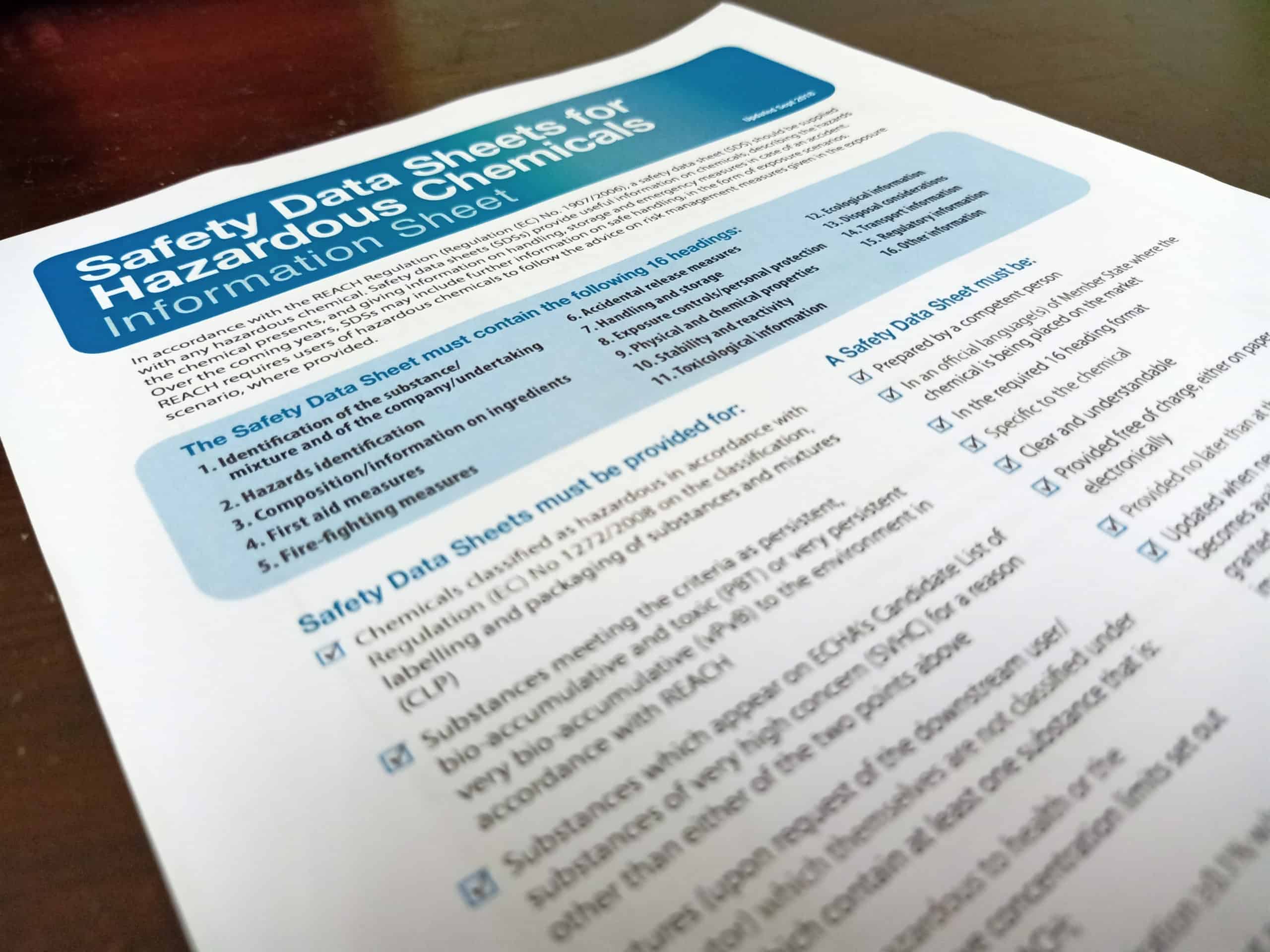In the wake of unexpected crises, organizations often scramble to restore order and implement discipline. This age-old response seeks to fix the past by punishing those responsible for failures. The shortcomings associated with this style of reaction beg the question- is there a more effective way to navigate the turbulent waters of modern business and society? What if, instead of looking backward and dwelling on the negatives that have transpired, the focus was placed on creating a more successful future? This strategy is known as forward-looking accountability. This article will explore the concept of forward-looking accountability, shedding light on its transformative power in reshaping organizations and fostering proactive decision-making.
The Traditional Retrospective Approach
The traditional approach to accountability hinges on retrospective analysis. When a crisis strikes, organizations embark on a journey through the annals of past decisions, attempting to unearth the root causes of their misfortunes. This method often involves finger-pointing, disciplinary actions, and an overall atmosphere of blame. While it may temporarily address the immediate issues, it rarely offers a sustainable solution.
The problem with this approach is that it is inherently reactive. It lulls organizations into a false sense of security with the belief that once the culprits have been identified and punished, all will be well. Unfortunately, these actions do nothing to prevent future crises and inevitably perpetuate a cycle of chaos and blame.
The Paradigm Shift to Forward-Looking Accountability
Forward-looking accountability, on the other hand, represents a more productive course of action. Instead of dwelling on past mistakes, it focuses on shaping the future through proactive decision-making. At its core, forward-looking accountability is about learning from the past instead of stopping there and ending up condemned to repeat the same mistakes. This shift in methodology purposes to transform failures into opportunities for growth and innovation.
The Components of Forward-Looking Accountability
To cultivate forward-looking accountability, organizations must embrace several key components:
- Learning from Mistakes: Rather than assigning blame, organizations should encourage open dialogue about what went wrong and why. This creates a culture of learning, where employees are not afraid to admit errors, and ends up fostering an environment of continuous improvement.
- Acting on Weak Signals: Forward-looking accountability relies on robust inputs of safety information to identify potential risks and challenges. By anticipating problems, organizations can proactively implement strategies to mitigate them, reducing the likelihood of crises.
- Embracing Innovation: Forward-looking accountability encourages innovation as a means to prevent future problems. Organizations that foster creativity and new ideas can develop solutions that go beyond mere damage control and address the root causes of issues.
- Strategic Planning: This methodology involves developing long-term strategies that align with an organization’s vision and values. These strategies should incorporate lessons learned from past experiences and consider potential future challenges.
Case Study: NASA’s Transition to Forward-Looking Accountability
One striking example of an organization that transitioned from a retrospective to a forward-looking accountability approach is NASA. Historically, NASA faced devastating consequences when disasters like the Challenger and Columbia space shuttle accidents occurred. In both cases, traditional retrospective methods of accountability focused on disciplinary actions against individuals.
However, in the aftermath of these tragedies, a need for change was recognized. NASA shifted its focus towards proactive measures to prevent future accidents. NASA embraced forward-looking accountability by investing in improved safety protocols, fostering a culture of open communication, and conducting rigorous risk assessments.
This shift in approach allowed NASA to not only prevent further disasters but also achieve remarkable milestones, such as the successful Mars Rover missions and the exploration of new frontiers in space. NASA’s example has become a testament to how forward-looking accountability can transform an organization and enable it to achieve even greater potential.
The Benefits of Forward-Looking Accountability
The advantages of forward-looking accountability are multifaceted and extend beyond crisis prevention:
- Enhanced Resilience: Organizations that adopt forward-looking accountability are more resilient in the face of adversity. They can quickly adapt to changing circumstances and navigate uncertainties with confidence.
- Improved Reputation: By prioritizing proactive decision-making and innovation, organizations build a positive reputation for their commitment to excellence and dedication to preventing problems rather than simply reacting to them.
- Increased Employee Engagement: Forward-looking accountability fosters a culture of trust and empowerment, where employees are valued for their input and encouraged to contribute to solutions. This leads to higher job satisfaction and engagement.
- Sustainable Growth: Organizations that employ forward-looking accountability strategies are better positioned for sustainable growth. They can identify emerging opportunities and capitalize on them while minimizing risks.
In a world where uncertainty and complexity are the norm, organizations must adapt to survive and thrive. The traditional retrospective approach to accountability, with its focus on blame and punishment, is no longer sufficient. Instead, forward-looking accountability offers a transformative alternative. By learning from the past, anticipating future challenges, embracing innovation, and developing strategic plans, organizations can be remade even stronger, breaking free from the cycle of blame, and seizing those newly uncovered opportunities for growth and innovation.
AUTHOR BIO:-

Cary comes to the SafetyStratus team as the Vice President of Operations with almost 30 years of experience in several different industries. He began his career in the United States Navy’s nuclear power program. From there he transitioned into the public sector as an Environmental, Health & Safety Manager in the utility industry. After almost thirteen years, he transitioned into the construction sector as a Safety Director at a large, international construction company. Most recently he held the position of Manager of Professional Services at a safety software company, overseeing the customer success, implementation, and process consulting aspects of the services team.
At SafetyStratus, he is focused on helping achieve the company’s vision of “Saving lives and the environment by successfully integrating knowledgeable people, sustainable processes, and unparalleled technology”.s vision of “Saving lives and the environment by successfully integrating knowledgeable people, sustainable processes, and unparalleled technology”.


